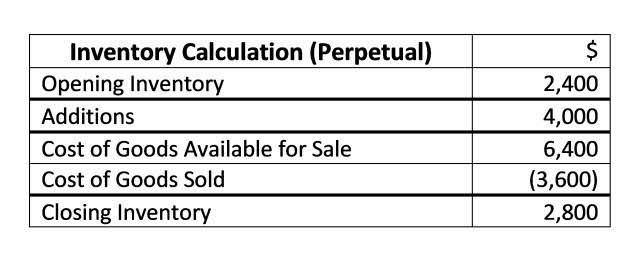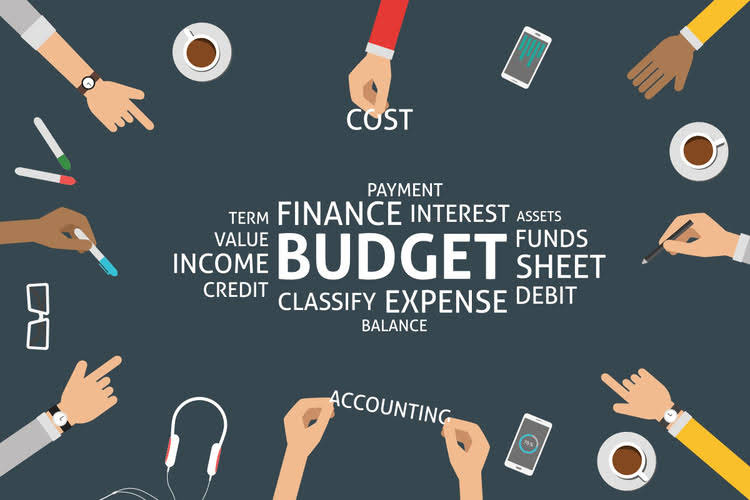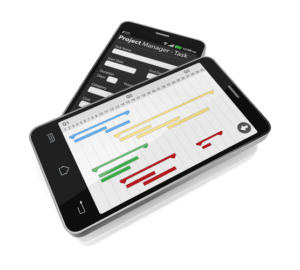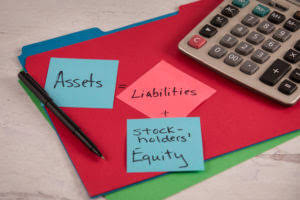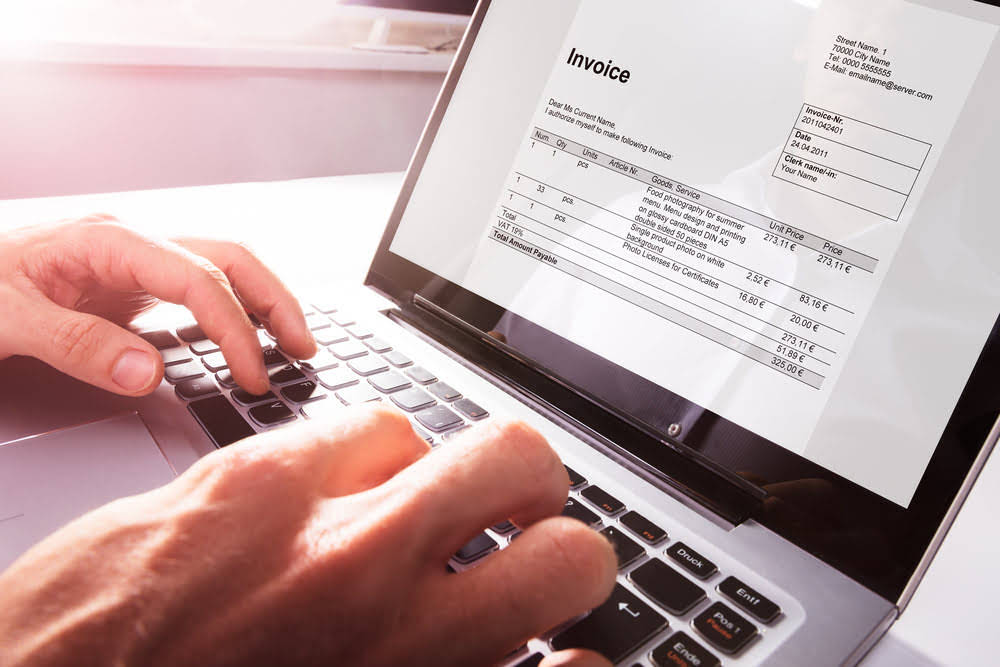Difference Between Trial Balance and Balance Sheet
A balance sheet also balances two columns; assets and liabilities. It gives a clear picture of the overall financial status and health of a company. Let us take an example of how a transaction would reflect on the balance sheet. If a company were to take a bank loan of $10,000 in cash it would add cash to the cash account.
Advance Your Accounting and Bookkeeping Career
In other words, the trial balance is a tool used to detect any errors that may have been made in recording transactions. The trial balance usually includes a list of totals of accounts of the general ledger. The general ledger accounts should include the description of the account, the account number, and the final debit/credit balance. Along with this, the trial balance should include the accounting period of the report being created. The trial balance does not show each separate transaction, only the accounts total whereas the general ledges show all the transactions of the account.
In a trial balance, the closing balances of the general ledgers are arranged in credit and debit columns of the trial balance. If every transaction was recorded properly, there should be a perfect match between the sum of credits and the sum of debits in the given time period. If there is a mismatch, an account called the suspense account is used to adjust the difference value and balance the trial balance.
Differences between management and tax accounting
After that, the template will automatically post the entries into the ERP. According to a study from Indiana University, 60% of accounting mistakes come from basic bookkeeping errors. It’s a simple yet powerful tool that helps you catch mistakes before they become big problems. In this example, the total debits and credits both equal R20,500, which means the books are balanced. It is used to ensure that the totals of all the debit and credit balances are equal.
What are the key components of trial balance and balance sheet?
This article and related content is not a substitute for the guidance of a lawyer (and especially what is the difference between a trial balance and a balance sheet for questions related to GDPR), tax, or compliance professional. When in doubt, please consult your lawyer tax, or compliance professional for counsel. This article and related content is provided on an” as is” basis.
Trial balance acts as the precursor to the preparation of financial statements as well as assessing the arithmetical accuracy. It is used for the verification of actual amounts from various ledgers. It also leads to the determination of the balances of all ledger accounts, which are eventually used for the financial statements. A trial balance is an internal statement that records the closing balances from all general ledgers. A balance sheet uses the trial balance as a source to aggregate all the ending balances at the end of the period and shows a company’s net worth. The trial balance and balance sheet are two essential components of financial reporting in accounting.
The trial balance is a tool for internal verification and record-keeping, while the balance sheet is an essential external document that informs decision-making for stakeholders and investors. The trial balance sheet is a compiled list containing all ledger account balances, in which the balance of each ledger is combined into credit and debit account column total that are always equal. The balance sheet is prepared using the accounting equation, which ensures that the balance sheet is always in balance. The trial balance, on the other hand, is used to detect errors in the general ledger and does not necessarily have to be in balance. The importance of balance as a part of a company’s financial statement can be understood along with the documents of cash flow and income statements. All of these combined together help in indicating the financial position of the company to the interested parties.
Let, the following be the trial balance of a consulting company, XYZ. It is used for the evaluation of the financial position of an organization while depicting the accuracy of all financial affairs. The main purpose is to give insight to the potential and existing investors about the position and the financial well-being of a company.
- Here, cash is an “asset” account, and capital is a “liability” account, and both are increasing.
- The balance sheet displays a firm’s assets, liabilities, and equity, providing an overview of what the company owns, owes, and investors’ ownership stake.
- This relies on the use of tools such as the trial balance and balance sheet.
- Your assets include cash in the bank, inventories, cars, equipment, buildings, and accounts receivable.
A trial balance is an accounting report designed to verify the accuracy of the transactions recorded in the ledgers. In simpler terms, it is a statement that aggregates the total credits and debits from all ledger accounts into one document. Since the balance sheet is prepared with the closing balance of the ledger accounts at the end of the year therefore it is also known as the second trial balance.
Forrester Recognizes HighRadius in The AR Invoice Automation Landscape Report, Q1 2023
If all other sites open fine, then please contact the administrator of this website with the following information. It accommodates only personal and real accounts, nominal accounts are not included. It’s all about understanding the fundamentals and applying them whenever required. We will now look at shareholders’ equity to complete the above equation. This suspense account is created since a proper account can’t be identified until the error gets discovered. Here, cash is an “asset” account, and capital is a “liability” account, and both are increasing.
The different types of trial balance reports
You can prepare a trial balance for every month or even every quarter. The balance sheet, however, is a document that is prepared for each financial year. The key differences between trial balance vs balance sheet can be summarized in the following table. Trial Balance is a type of accounting report which is used to check the accuracy of the various debit and credit transactions recorded in the ledgers. In simple words, it is a statement that shows the total of debits and credits from the various ledger accounts in one place.
- The main purpose is to give insight to the potential and existing investors about the position and the financial well-being of a company.
- While they both play crucial roles in presenting a company’s financial position, they differ in scope and purpose.
- Both the trial balance and the balance sheet play crucial roles in financial management.
- If the numbers do not balance each other, it indicates that the books of accounts have to be checked to see if there is an error in recording.
- So, it would be an addition of $10,000 to the cash item on the asset side of the balance sheet.
However, while trial balance is useful in detecting certain errors, it might not identify all errors especially when both the credit and debit entries are incorrect. A balance sheet is a financial statement that records a business’s assets, liabilities, and equity. It is one of the three fundamental financial statements that give a snapshot of a business’s debt obligations, cash and bank balances, deferred revenues, fixed assets at a specific point in time. In terms of presentation, the trial balance is more focused on the individual account balances. But, the balance sheet provides a summary of the company’s financial position.The trial balance lists accounts in the order of their appearance in the general ledger.
A balance sheet is one of the five financial statements that are distributed outside of the accounting department and are often distributed outside of the company. The balance sheet summarizes and reports the balances from the asset, liability, and stockholders’ equity accounts that are contained in the company’s general ledger. The balance sheet is also referred to as the statement of financial position. Trial Balance is a part of the accounting process, which is a summary of debit and credit balances taken from all the ledger accounts. Every transaction affects two sides, i.e. every debit has a corresponding credit and the reverse is also true.





